We may earn money or products from the companies mentioned in this post. This means if you click on the link and purchase the item, I will receive a small commission at no extra cost to you ... you're just helping re-supply our family's travel fund.
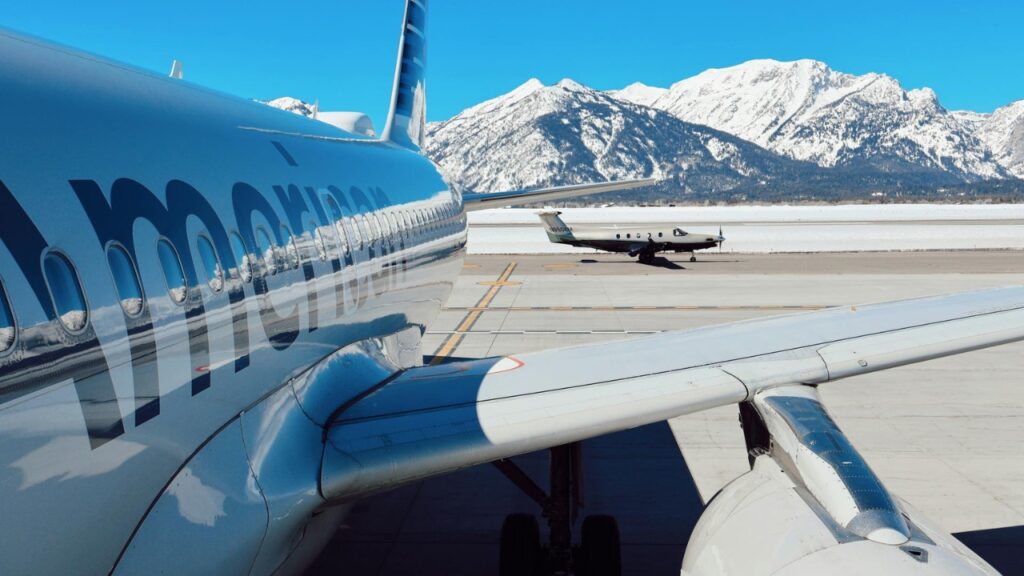
Planning a trip to South America from the US? You may be shocked by the sky-high airfare. Especially during peak travel months like December and January, routes to cities like Buenos Aires, Santiago, and São Paulo become some of the priciest in the industry. But these fares aren’t arbitrary—they’re driven by strategic and structural realities of the airline world. From scheduling quirks to fleet choices, here are eight key reasons why these flights cost more than you might expect.
1. Seasonal Demand Creates Price Surges

Peak summer in South America coincides with the holiday season in the US, causing a dramatic spike in demand. December and January see increased travel from both tourists and diaspora communities, driving prices up. With limited flights and high interest, airlines capitalize on this surge by increasing fares—especially for long-haul destinations like Argentina and Brazil. It’s basic supply and demand with an international twist.
2. Long-Haul Routes Require Costlier Aircraft
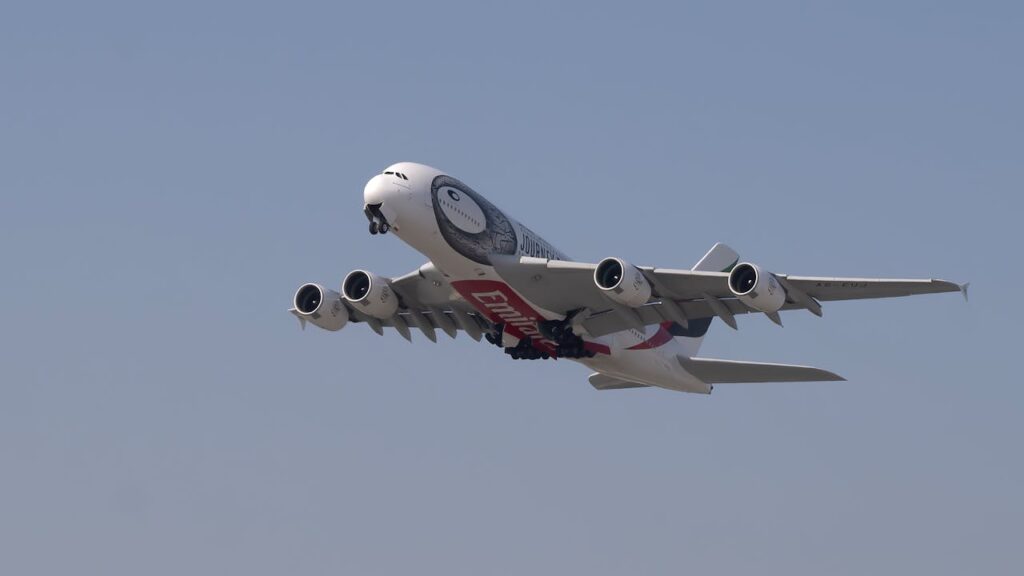
Flights deep into South America are often considered long-haul, requiring widebody aircraft like the Boeing 777 or 787. These planes are more expensive to operate due to higher fuel consumption, crew size, and maintenance needs. In contrast, nearby Latin American cities may be served with smaller, more efficient narrowbody jets. Operating widebody aircraft increases per-ticket costs, which are passed directly to passengers.
3. Lack of Budget Airline Competition
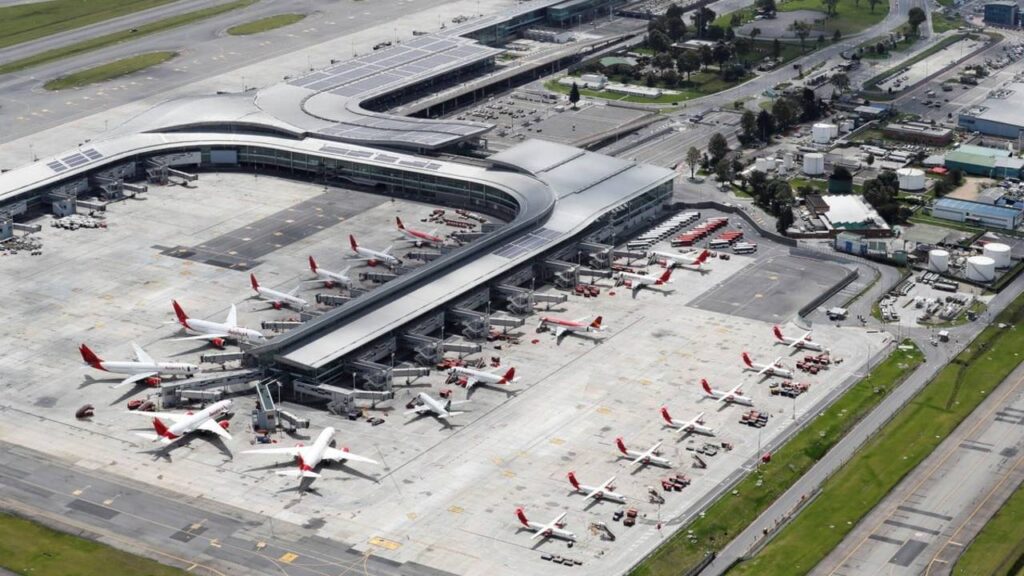
Unlike Europe or the US domestic market, there’s limited low-cost carrier competition on long-haul South American routes. Flag carriers and legacy airlines dominate, keeping prices high. While you might find cheaper flights to Mexico or Colombia, flying to cities like Santiago or Montevideo is often monopolized by a few major players like American, LATAM, or Delta, leaving little room for price flexibility.
4. Overnight Schedules Create Aircraft Downtime
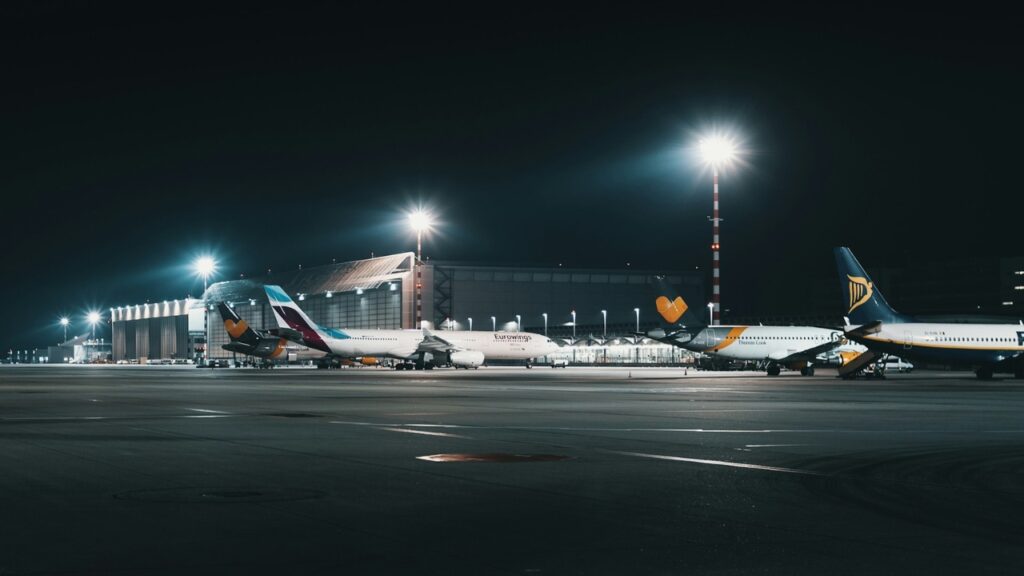
Flights to South America are often timed overnight for passenger convenience. While great for travelers, these schedules mean aircraft sit idle on the ground all day at foreign airports. This downtime reduces aircraft utilization, which is key to profitability. To cover lost operational time, airlines raise ticket prices—turning the convenience of a red-eye flight into an added cost for travelers.
5. Limited Turnaround Options at Southern Airports
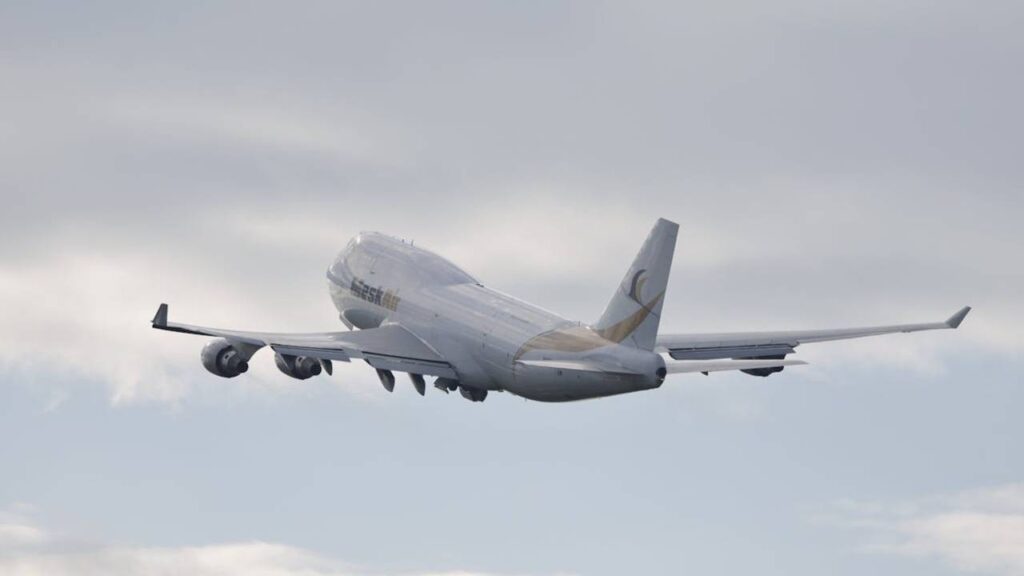
Airlines can’t easily flip a long-haul plane for another route once it lands in Buenos Aires or São Paulo. With no quick domestic options to redeploy aircraft during the day, the plane often stays parked until the return flight that night. This operational inflexibility adds to overall costs, including parking fees, staffing, and ground services—contributing further to high ticket prices.
6. Premium Cabin Demand Pushes Prices Up

These routes attract premium-class travelers, particularly business executives and affluent tourists. Airlines cater to this market by offering luxury experiences—and charging accordingly. During the holidays, premium cabins can sell for $8,000 or more. To maintain this high-margin service model, airlines keep even economy fares elevated to preserve brand consistency and ensure profitable cabin ratios.
7. Maintenance Costs Shift Strategy
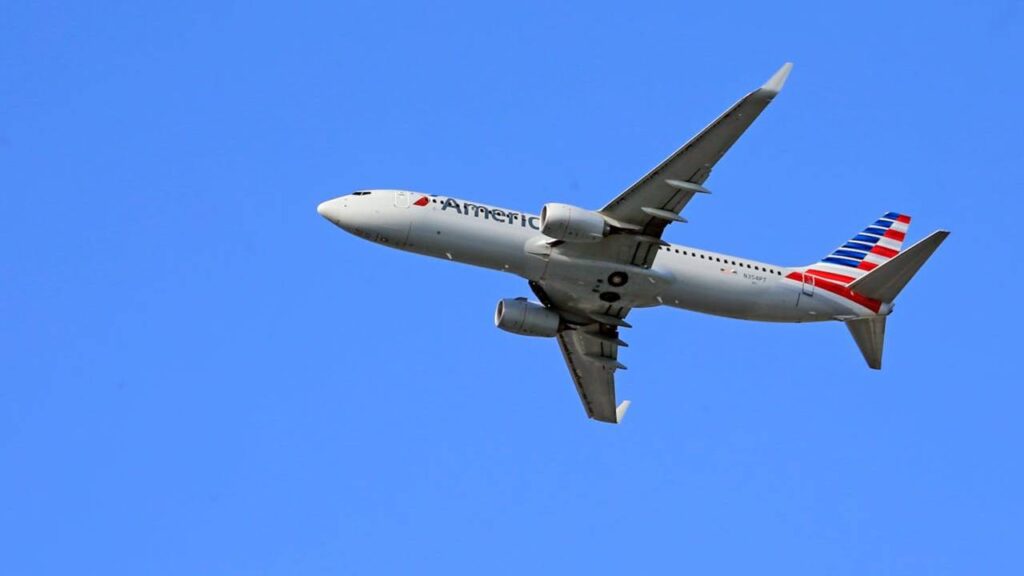
To reduce the burden of idle aircraft, some airlines schedule light maintenance checks while planes are grounded in South America. Labor and parts are often cheaper than in the US, making it a financially smart move. However, integrating maintenance into scheduling adds logistical complexity, limiting flexibility in operations. These hidden costs contribute to the final ticket price.
8. Route Profitability Comes Before Frequency
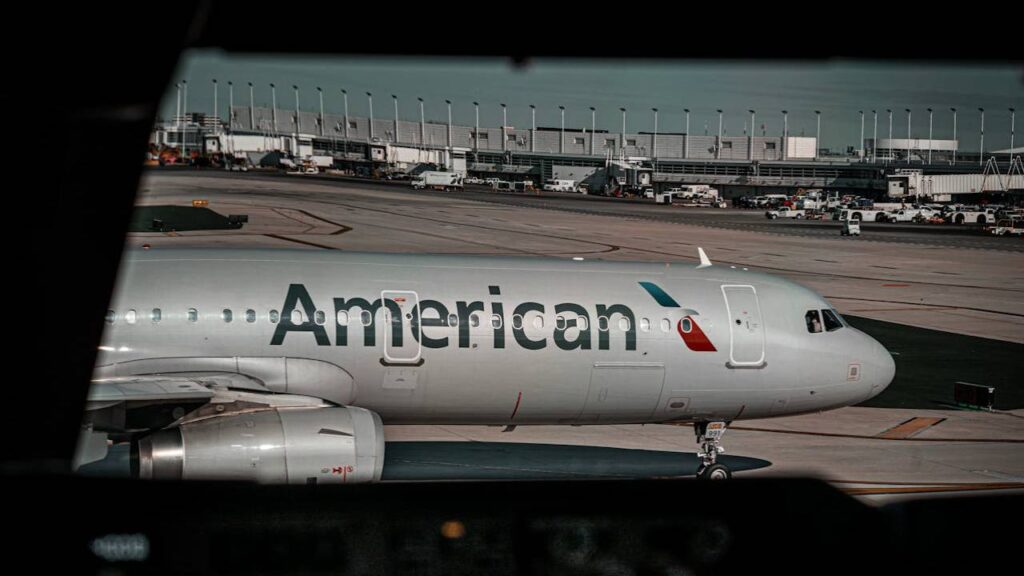
Due to all these challenges—aircraft type, scheduling, low utilization, and limited competition—airlines choose profitability over frequency. Rather than operating several daily flights, they offer fewer, high-priced options that ensure financial return. This scarcity increases demand and keeps fares elevated, especially around holidays and tourist seasons when travelers have little choice but to pay more.